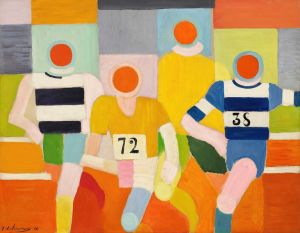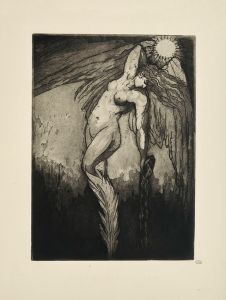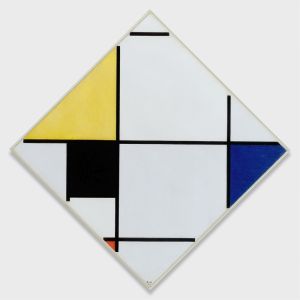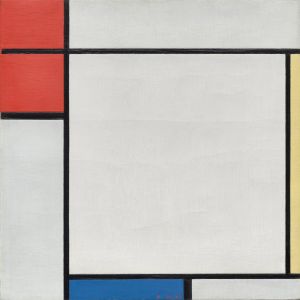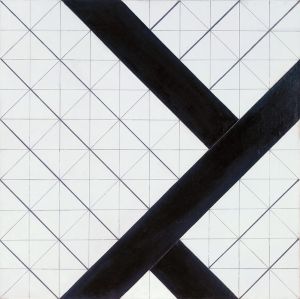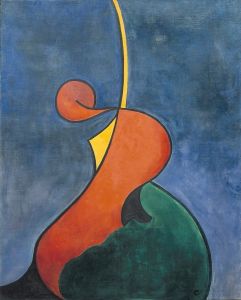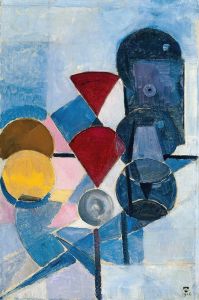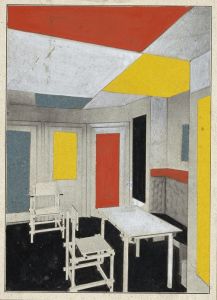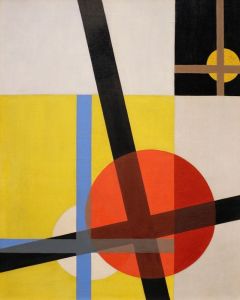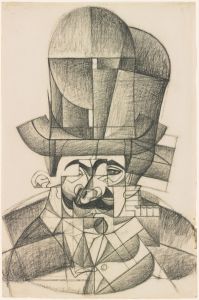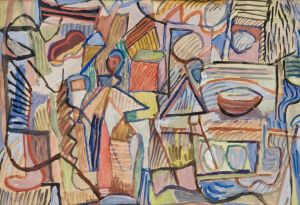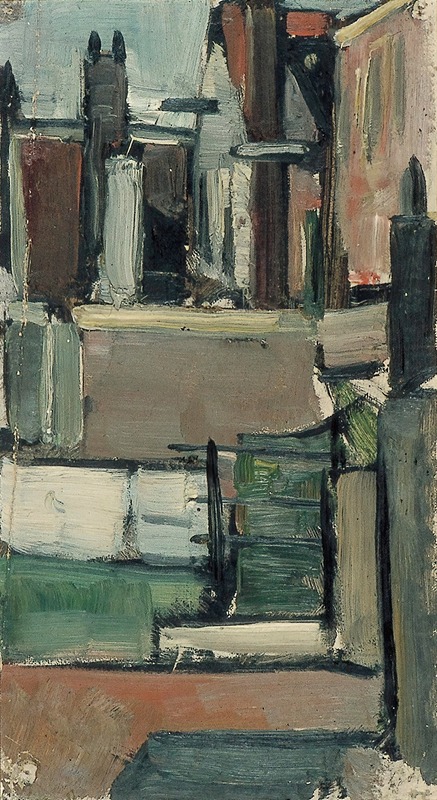
Houses
A hand-painted replica of Theo van Doesburg’s masterpiece Houses, meticulously crafted by professional artists to capture the true essence of the original. Each piece is created with museum-quality canvas and rare mineral pigments, carefully painted by experienced artists with delicate brushstrokes and rich, layered colors to perfectly recreate the texture of the original artwork. Unlike machine-printed reproductions, this hand-painted version brings the painting to life, infused with the artist’s emotions and skill in every stroke. Whether for personal collection or home decoration, it instantly elevates the artistic atmosphere of any space.
Theo van Doesburg, born Christian Emil Marie Küpper on August 30, 1883, in Utrecht, Netherlands, was a Dutch artist, writer, and architect. He is best known as one of the founders and leading figures of the De Stijl movement, which advocated for pure abstraction and universality by reducing forms and colors to their essentials. Van Doesburg's work in painting, architecture, and design was characterized by a rigorous use of geometric shapes and primary colors.
One of van Doesburg's notable works is the painting "Houses" (Dutch: "Huisjes"), created in 1917. This painting exemplifies the principles of the De Stijl movement, which he co-founded with Piet Mondrian and other artists. The movement, also known as Neoplasticism, sought to express a new utopian ideal of spiritual harmony and order through a reduction to the essentials of form and color.
"Houses" is a striking example of van Doesburg's early exploration of abstraction. The painting depicts a series of houses, but rather than presenting them in a realistic manner, van Doesburg abstracts the forms into a composition of geometric shapes and planes. The use of bold, flat colors and the elimination of perspective create a sense of two-dimensionality, which was a hallmark of De Stijl aesthetics.
The painting is composed of a series of rectangles and squares, with the houses reduced to their basic structural elements. Van Doesburg employs a limited color palette, predominantly using primary colors (red, blue, and yellow) along with black, white, and gray. This restricted palette and the use of straight lines and right angles reflect the De Stijl emphasis on simplicity and clarity.
Van Doesburg's "Houses" is significant not only for its artistic qualities but also for its theoretical implications. The painting embodies the De Stijl principles of harmony and order, achieved through the abstraction of natural forms. By reducing the houses to their geometric essence, van Doesburg aimed to reveal the underlying structure and harmony of the world, which he believed could be expressed through art.
The painting also reflects van Doesburg's interest in architecture and design. His work in these fields was closely related to his painting, as he sought to create a unified aesthetic that could be applied across different artistic disciplines. "Houses" can be seen as a visual exploration of architectural forms, stripped of their functional and decorative elements to reveal their pure, abstract essence.
Theo van Doesburg's contributions to the De Stijl movement and his exploration of abstraction had a profound impact on the development of modern art and design. His work, including "Houses," continues to be celebrated for its innovative approach to form and color, and its influence can be seen in various fields, from painting and sculpture to architecture and graphic design.
In summary, "Houses" by Theo van Doesburg is a seminal work that exemplifies the principles of the De Stijl movement. Through its use of geometric abstraction and a limited color palette, the painting reflects van Doesburg's quest for harmony and order in art. It remains an important piece in the history of modern art, illustrating the transformative power of abstraction and the enduring legacy of De Stijl.





